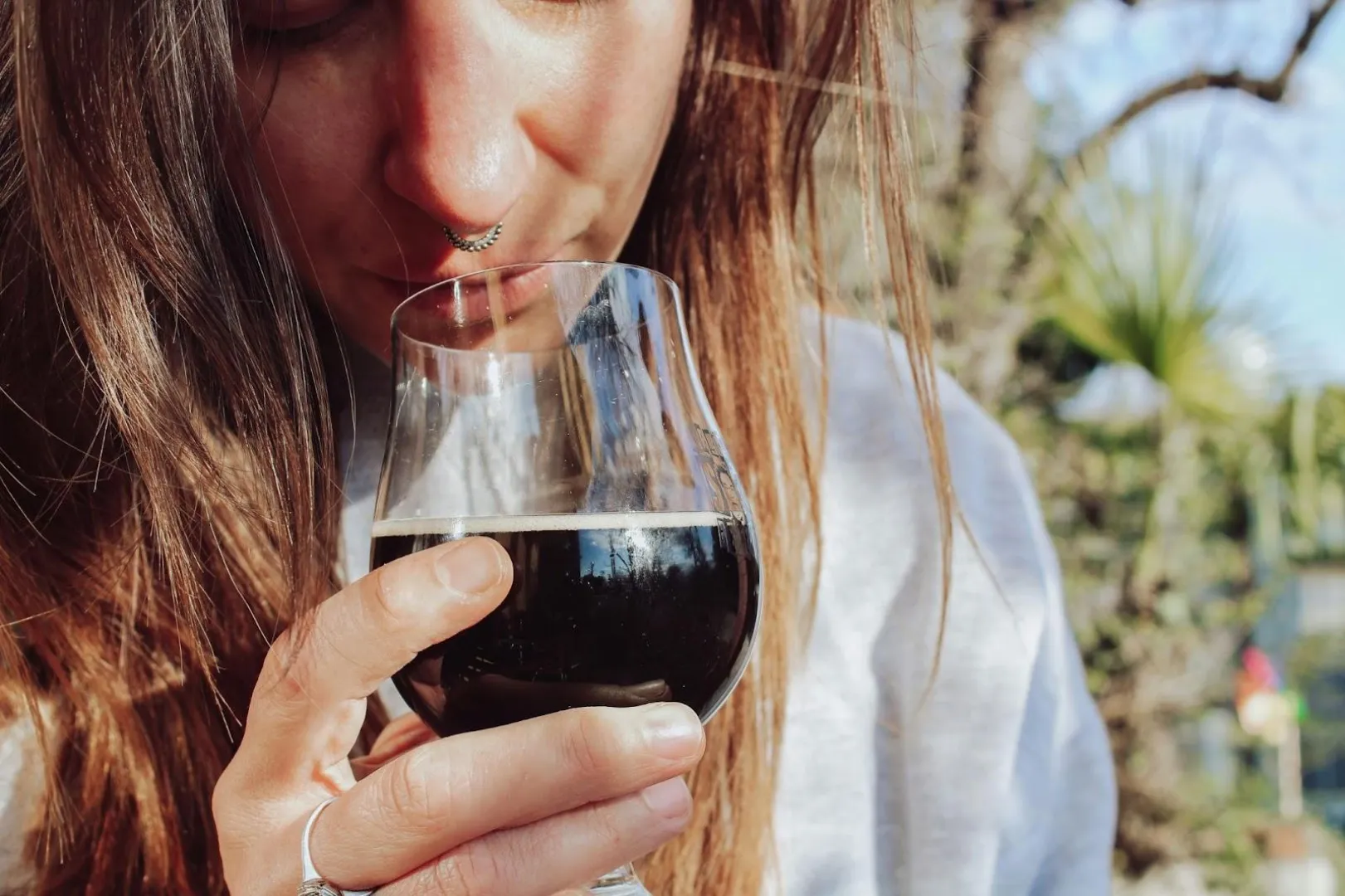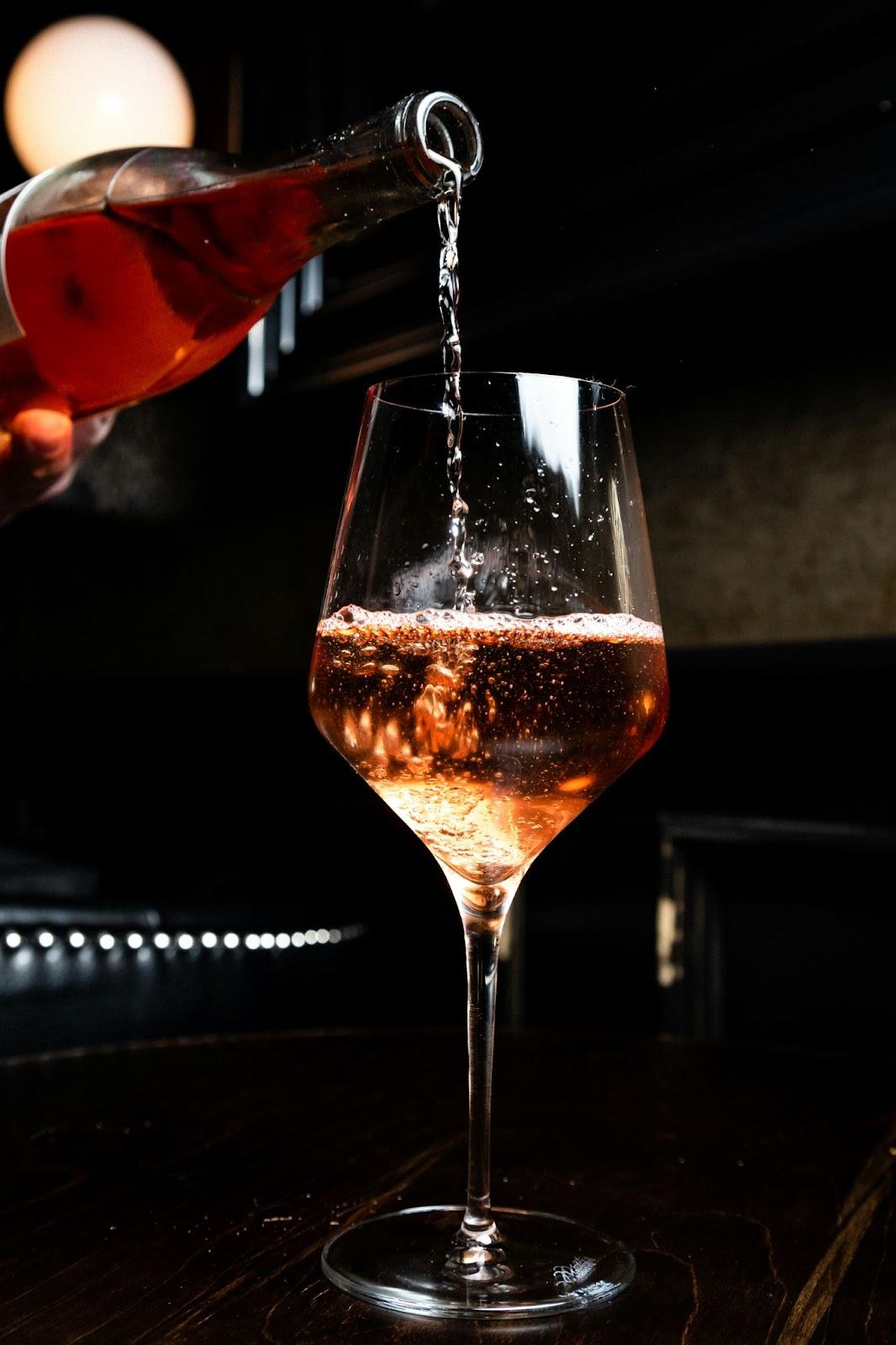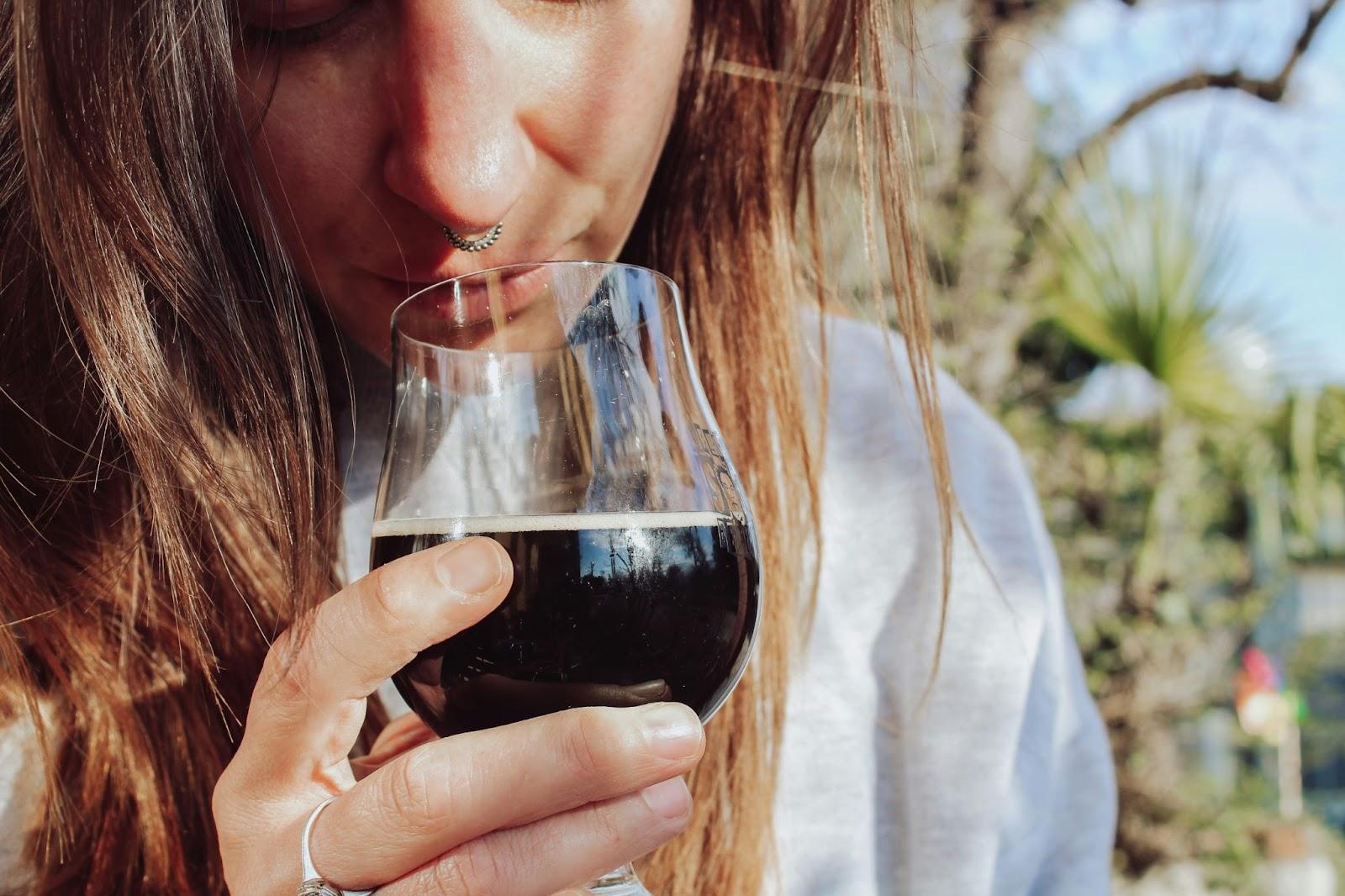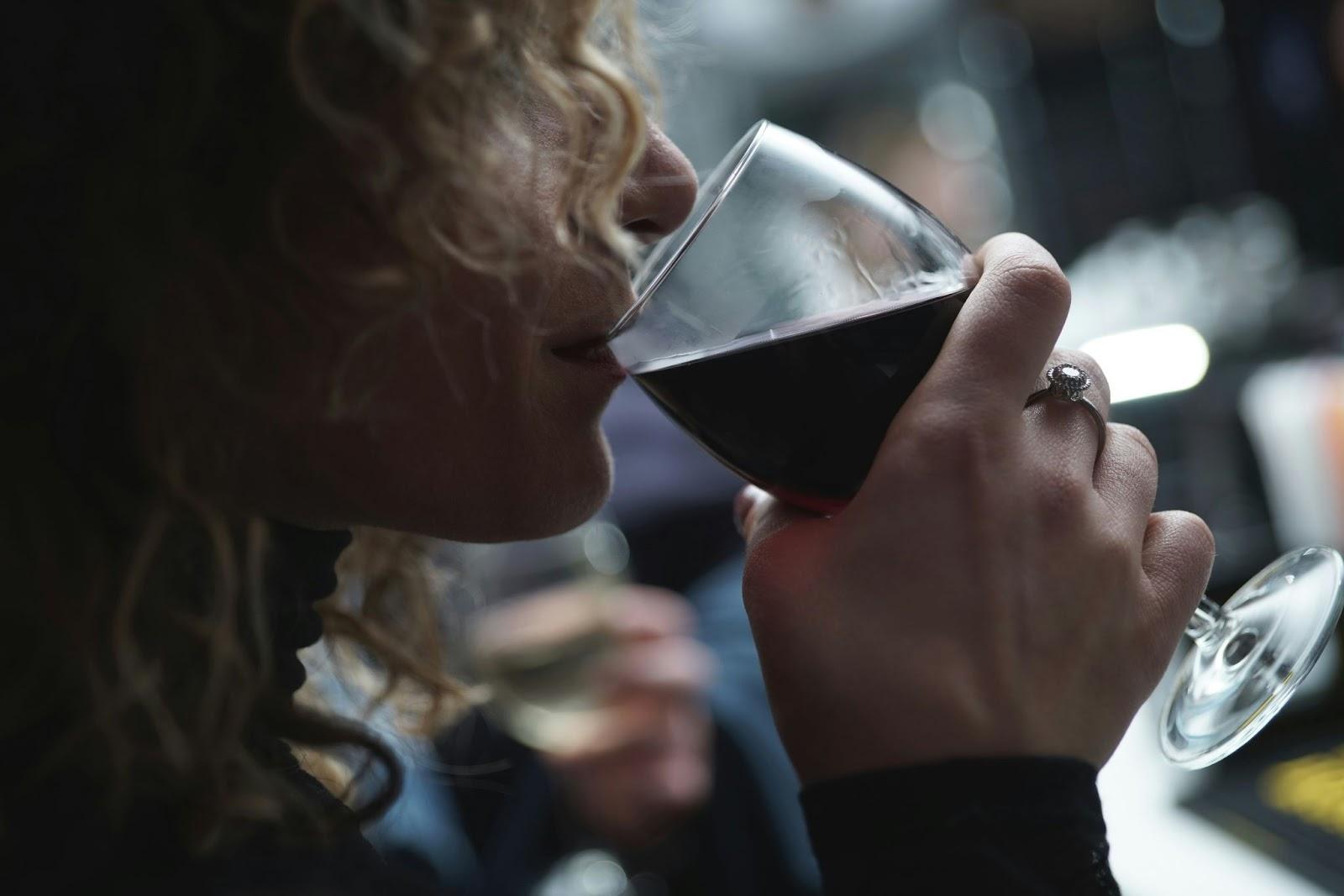
The Essential Guide to Wine Tasting
July 30, 2024

Wine, with its rich history and diverse array of flavors, offers a sensory experience unlike any other. For a beginner, understanding the art of wine tasting is essential to fully appreciate the complexities of this beloved beverage.
To begin your exploration, there's no better way than attending a wine-tasting event in your local area. These gatherings offer the perfect opportunity to sample various wines and discover your palate preferences.
In this essential guide, we'll walk you through the basic steps of wine tasting and places where you can do it, equipping you with the knowledge and confidence to explore the world of wines with ease.
The 5 Basic S to Wine Tasting

SEE
Looking at the wine’s color and opacity gives you an idea about the following information:
- Estimated age
- Grape variety used
- Acidity, alcohol, and glucose level
- Climate of the place where it was grown
White wines become yellowish or brownish as they age, while red wines lose their intense hue and become transparent over time. Wine legs or wine tears indicate the amount of alcohol and sugar. Wines with higher alcohol content have higher-density droplets collecting around the side of the glass. In comparison, sweeter wines have more viscous wine legs that slowly drip down the sides.
SWIRL
Giving the wine a swirl oxygenates it, bringing out the different fragrances and flavors. It also helps you see the color much more clearly because the wine forms a color gradient that makes it easier to observe its hues.
Swirling also reveals its effervescence. A fully sparkling wine will have foam forming in it, but it is much harder to swirl sparkling wine and is generally not recommended.
SNIFF

Smelling the wine allows you to inspect the three kinds of aromas - primary, secondary, and tertiary.
- Primary aroma - It shows what type of grape was used to make it.
- Secondary aroma comes from the fermentation process. This is why some wine tasters describe wines like Brut Champagne as smelling like sourdough bread. It is because of the amount of yeast present in the drink.
- Tertiary aromas, or bouquets indicate their age. The aging fragrance is related to its oxidation, oak aging and/or bottle aging. Oak-aged wines have a vanilla-like aroma. While some vintage champagne has a more nutty smell.
SIP

Start with a small mouthful, not a giant gulp. Swish it around gently, then breathe in slightly through your mouth. This adds oxygen, similar to swirling, and helps the wine release its full flavor profile.
Things to Observe When You Sip:
- Body: Is the weight of the wine in your mouth light and watery, or full and rich?
- Sweetness: Does the sweetness linger or disappear quickly?
- Tannins: Do you feel a drying sensation, like strong tea? If so, are the tannins smooth and pleasant, or a bit harsh?
- Bitterness: Is there a slightly bitter note?
- Acidity: Does the wine make your mouth water, or is it smooth and mellow?
- Warmth: Does the wine feel warm after swallowing?
- Finish: How long can you taste the wine after swallowing or spitting?
SAVOR
Traditionally, savoring is linked to the "finish" – the lingering taste sensation after swallowing. Some connoisseurs use finish length as a quality indicator. A "short" finish fades quickly, while a "long" finish stays on the palate for several seconds. Most wines fall somewhere in between.
But savoring goes beyond just the finish. Consider the overall impression the wine leaves on you. Does it evoke pleasant memories or emotions? Does it pair well with the food you're eating?
Where to go Wine Tasting in Manila
Port Bar - Newport World Resorts
Port Bar caters to diverse tastes. Explore their extensive selection of international bottled beers, wines by the glass, and spirits from around the globe. Complement your drink with delectable Australian-inspired snacks. Their wine choices range from Dom Perignon Brut, and Barefoot Merlot to Australian-made Chardonnay.
Barcino - Newport World Resorts
Barcino provides an authentic Spanish culinary experience to its customers. They have a predetermined set of wines available for wine tasting sessions. There’s a starter set, a gentleman special, and sweet wines among other choices.
Casa Buenas
Casa Buenas holds wine pairing events with some of their bestselling dishes. Some of their wine-pairing partners are Chilean wine producer, Montes Alpha, and Hungarian wine company, Disznókő. Stay tuned for updates about their wine-pairing events.
Conclusion
Now that you're equipped with the basics of wine tasting, it's time to start your delightful adventure! Manila offers a vibrant scene for wine lovers, with options catering to various preferences.
So, grab your friends, choose your venue, and get ready to savor the experience – cheers to exploring the world, one sip at a time!